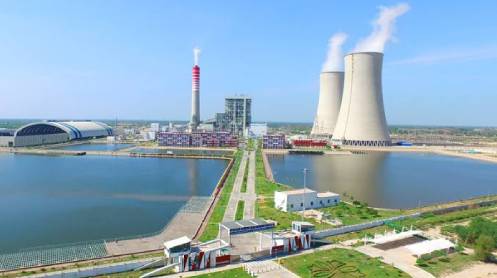Power demand fails to pick up in December 2022, showing the dismal state of energy sector as well as the national economy, official data available with The News suggested.
According to the generation data, electricity supply recorded on December 13, 2022 hovered around 10,800MW, against demand of well over 13,500MW.
It was shocking to note that the dismal level of power production and demand in the range of 10,500-11,500MW to 13,000-13,500MW was comparable with supply and demand level achieved way back in the year 2012.
Instead of running power plants to increase availability of electricity, sources claimed that power demand was being curbed through planned load shedding, repair/maintenance, augmentation work and outages at high loss feeders.
In actual numbers, the suppressed electricity demand currently stands at around 18,000MW, claimed sources.
Despite the availability of indigenously produced furnace oil, none of the thermal plants was being operated to bridge the demand and supply gap.
This was despite the fact that the current merit order increasingly supports the viability of such plants in December over the previous month. Power cost of furnace oil-fuelled power plants stands at Rs21-24/unit. Furnace oil is being sold for Rs92k+GST/ tonne, while imported coal has been much higher comparatively.
Owing to mismanagement by the power managers, oil refineries have started shutting down the business as demand for furnace oil was not being generated, creating problems for the whole petroleum supply chain.
Insiders’ fear that if the problem persists and was not sorted out early, authorities would have to import diesel amid heavy premium over crude.
According to a report, historically, thermal power generation in the country has been mainly dominated by furnace oil, followed by natural gas and diesel, but the government added coal-based power generation in recent years and decided to retire furnace oil-based power plants in the country.
However, due to multiple factors, furnace oil efficacy in power generation became inevitable amid exponential increase in imported fuels like liquefied natural gas (LNG) and coal.
In the precarious situation engulfing the whole economy, the power managers have ended up in rendering major thermal plants shut. It is ironic that presently all imported coal/furnace oil plants are closed due to reasons better known to the power managers.
According to the latest data, Sahiwal Plant, Port Qasim, China Hub, Balloki, Punjab Thermal, Bhikki and Nandipur, all major thermal plants have been closed down due to want of fuel.
Only Haveli Bahadur Shah (850MW) and two public sector generation companies (Guddu with 130MW and Guddu747 with 480MW generation) are working.
Hydel power plants run by Water and Power Development Authority (WAPDA) are presently producing just 1,850MW against generation capacity of over 9,000MW mainly due to seasonal variation. While nuclear power plant contributes the lion’s share of 3,200MW in the total power generation.
It should be noted that Pakistan has a total installed power generation capacity of 43,775MW as on June 30, 2022, which includes 26,683MW thermal, 10,635MW hydroelectric, 1,838MW wind, 530MW solar, 369MW bagasse and 3,620MW nuclear. However, it is a pity that presently the government was able to run just one-fourth of the capacity.
When contacted, a senior official of the Ministry of Energy, (Power Division) did not support the notion of extremely low power generation. However, he did not elaborate further despite submitting detailed questions in this regard





